In its third year of releasing products using its Ax custom processors, Apple radically diverged from a winning "Model T" strategy of mass-producing a single chip used to power 100 million mobile devices. Instead, Apple pursued a new luxury tier iPad powered by new custom silicon.
Having a clear, confident, strategic vision allowed Apple to make long term plans, which included developing custom silicon optimized specifically to competently deliver that vision. In fact, long term plans were essential because of the complexity and expense involved with developing new silicon.
Apple's original vision for iPad was differentiated from conventional PCs by being effortlessly simple to use. It was kept distinct from phones by running tablet-optimized apps. After two years of incremental improvement, the plan for iPad 3 wasn't to make iPads cheaper, but to make a new, much more desirable model. That would help keep it separate from all of the cheap tablets being thrown into the market. Just months after Jobs' passing, Apple's new chief executive Tim Cook was thrust into position to introduce the tablet as "the new iPad."
Strategic clarity for The New iPad 3
In early 2012, Apple introduced iPad 3 using an enhanced A5X chip with a quad-core PowerVR SGX543MP4 GPU and a double-wide, 128-bit memory interface. That architecture doubled its graphics performance in order to power the higher-resolution Retina Display of the new tablet. Apple had started its A4 project in 2008, indicating that A5X would have needed to be in planning around the time the first iPad launched in 2010.
The move to Retina Display resolutions had started with the iPhone 4, which used the extra horsepower of iPad's A4 to drive a huge leap in display resolution on the physically smaller, lower resolution iPhone screen. The result was a "luxury class" iPhone that could stand out in a crowded market with a visibly superior screen.
Apple's delivery of Retina Display was a unique way of introducing higher pixel density. Previously, PCs had incrementally increased screen resolutions by simply showing a larger desktop with smaller UI elements. But that wasn't going to work out well on multitouch mobile devices, where targets needed to remain usably and consistently large enough to tap with a finger.
Rendering the entire display at the same size— but 4x pixel density— resulted in a clearly superior product that customers could see the value in paying a premium for. It also required a huge jump in graphics processing power. Using the best available mobile GPU in A4 enabled Apple to deliver a Retina Display for iPhone 4, but it required more than another silicon generation to achieve this leap in graphics on iPad, where quadrupling the resolution resulted in a 3.14-megapixel display— more pixels than a 17 inch MacBook Pro!
"All they did was improve the display"
To many media critics, the primary enhancement of iPad 3 was trivial. Many were still disappointed that iPad still lacked Mac features like a file system and a serial port. Some are still waiting around for this today, ten years later, as if Apple hasn't had time to figure out how to deliver features that were on 8-bit computers wired up in garages back in the 1970s.
Writing about the new model shortly after its release, developer Jeff Atwood stated, "iPad 3 reviews that complain 'all they did was improve the display' are clueless bordering on stupidity. Tablets are pretty much by definition all display; nothing is more fundamental to the tablet experience than the quality of the display."
He added, "the new iPad finally delivered an innovation that general-purpose computing has been waiting on for thirty years: a truly high-resolution display at a reasonable size and price. [] Until the iPhone and iPad, near as I can tell, nobody else was even trying to improve resolution on computer displays - even though all the existing HCI research tells us that higher resolution displays are a deep fundamental improvement in computing."
Bill Hill, the developer of ClearType at Microsoft, similarly wrote, "the 3rd Generation iPad has a display resolution of 264ppi. [] That much resolution is stunning. To see it on a mainstream device like the iPad - rather than a $13,000 exotic monitor - is truly amazing, and something I've been waiting more than a decade to see. It will set a bar for a future resolution that every other manufacturer of devices and PCs will have to jump."
iPhone 4 and iPad 3 put Retina Display into mass-market circulation, creating awareness that later helped to sell the premium MacBook Pro with Retina Display and ultimately brought Retina across the rest of Apple's product line. It was the equivalent of jumping from dot matrix printers to the LaserWriter; a monumental, qualitative shift in computing.
The odd model 3
The new third-generation iPad was pushing the boundaries of technology. It still struggled to keep up without running too hot, but Apple addressed this by the end of the same year with iPad 4 and its new A6X chip. That made iPad 3 Apple's shortest modern product run, as well as being the only product that ever used the all-new A5X chip that had been in development for so long.
Rather than being a flop or a wasted effort— Apple sold 58M iPads that year— iPad 3 was an important stepping stone that helped finance a huge new surge in Ax silicon sophistication. The company had moved beyond simple mass production and was now cultivating a significant lead in mobile graphics. No other computer makers had any commercial need to drive mobile graphics on that level. A5X was using the same GPU core as Sony's PlayStation Vita handheld gaming system that came out around the same time.
The Retina Display iPad 3 was distinguishing Apple as a premium tier brand in a sea of cheap mediocrity. If Apple had more leisurely just tried to wring all the available profits out of basic commodity tablets— following the cheap device strategy of Google's Nexus 7— the surge in peak iPads that continued through 2014 might have collapsed early, making it much harder for the company to justify later down the road the speculative development of a high-resolution display and the custom graphics architecture needed to power it.
By rapidly innovating and delivering solutions to problems that most customers weren't even aware existed, Apple was able to surf the crest of the wave of tablet sales, ending up with a significant lead in silicon processing power, device build quality, and in its tablet-optimized App Store library, all before the opportunity plateaued. Today, it would be extremely difficult to launch a new tablet on any level and expect to get any material attention from buyers.
Flexible and open vs integrated and optimized
Google's solution to handling different display resolutions in Android had been simply scaling the UI to fit whatever panel a licensee might want to use. This also had the effect of encouraging flexible app development where tablets apps were really just stretched-out phone apps.
While Apple was designing its custom SoC silicon capable of delivering the hardware features it determined would make a desirable phone and tablet, Google's leading Android licensee Samsung was creating a pantheon of Galaxy Tabs that each used a new display the company had created, along with different GPU architectures and different resolutions at different scalings.
Despite being a leading supplier of display panels suitable for tablets, Samsung didn't deliver its own equivalent of a "retina" resolution until 2014, in part because it had cheapened out on GPU sophistication to deliver less expensive to build products. Rather than driving new innovation and desirable products, Android was really just driving its licensees to make bad product decisions.
This was particularly strange because Steve Jobs has clearly articulated well in advance three factors that would make tablets successful. Google, Microsoft, and all their licensees ignored this free advice, causing them to repeatedly fail just as Apple was gaining ground in tablets with increasing sales of its first three generations of iPad, as the next segment will examine.
 Daniel Eran Dilger
Daniel Eran Dilger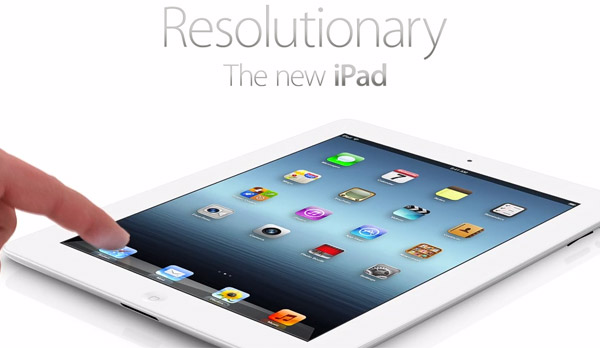
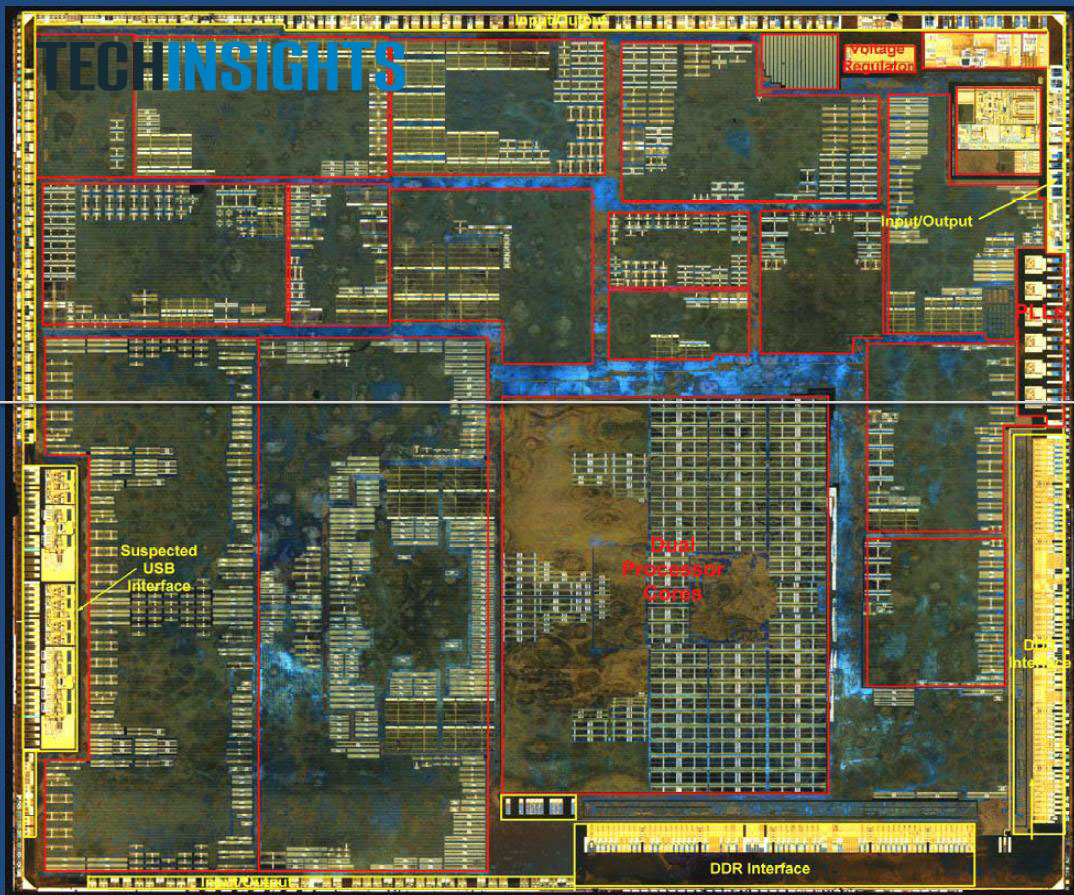
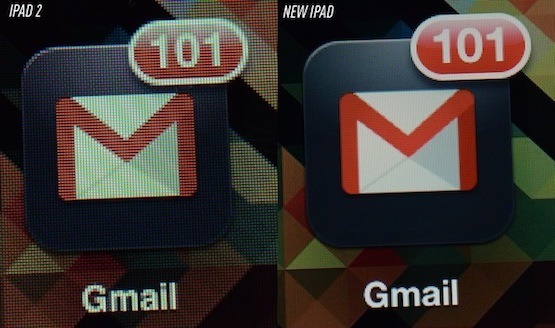







-m.jpg)





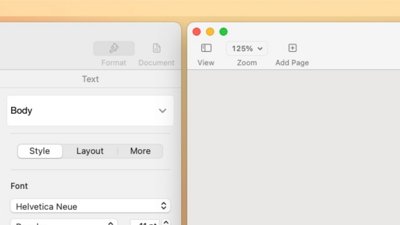
 William Gallagher
William Gallagher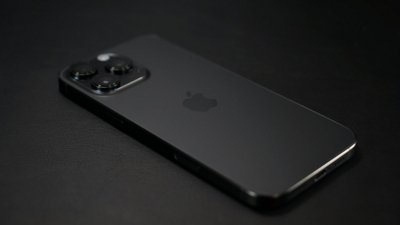
 Wesley Hilliard
Wesley Hilliard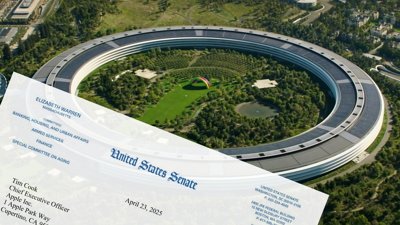
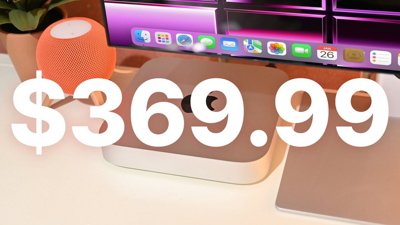
 Christine McKee
Christine McKee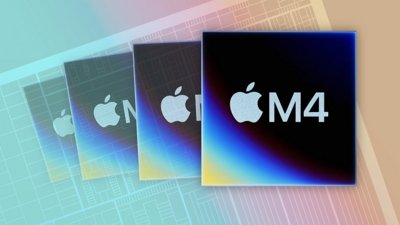
 Malcolm Owen
Malcolm Owen

 Andrew Orr
Andrew Orr
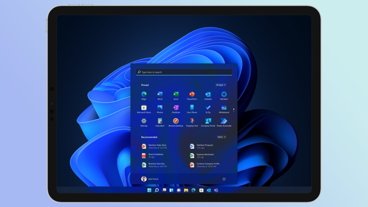
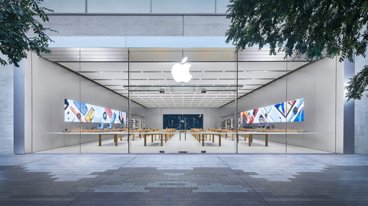



-m.jpg)




26 Comments
"
The snark in that line made my day! Enough to forgive the missing "n" in planning. The iPad is very smooth! heh
I have one client that was disappointed with their Gen3 iPad. The visuals were fantastic, but pulling up a PDF house plan on it took much longer than on thier iPad 2 despite the faster CPU/GPU. Not quite enough to keep up with 4 times the pixels! It almost looked like high speed etch-a-sketch.
We upgraded our iPads to the retina versions the day they were available.
Now, our iPads are "good enough" and we sit here with money [burning a whole in our pockets] waiting for the resolution to double again.
I don't care about: speed, camera, color.
I care about image quality.
It was an impressive display but the iPad was fatter and slower and charged more slowly (and almost not at all in use) than the iPad before it.